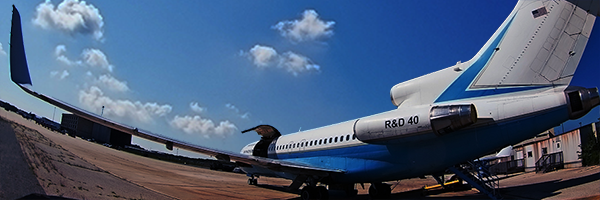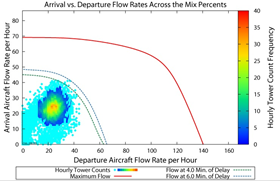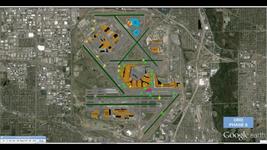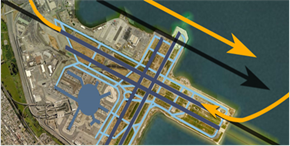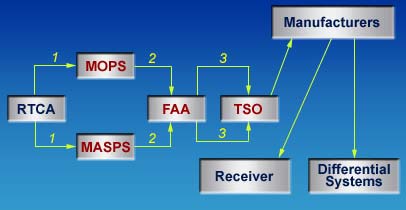Thursday, August 08, 2024
9230 Cessna Drive
Juneau, AK 99801-9377
Air Traffic Manager:
Rebecca Smith
Home Page
Overview of the Alaskan Panhandle Weather Patterns
Generally, weather patterns ranging from Prince William Sound to Ketchikan are dominated primarily by low pressure systems advecting warm, moist, Pacific Ocean air over steep mountainous shorelines throughout the area causing precipitation from onshore and upslope flow, temperature inversions, and other surface based frictional effects. The region is classified as having a maritime climate and coastal areas located along the central and Southeastern portion of the region are consistent with rain forest climactical characteristics. Seasonal changes are good indicators of the type of weather that can be expected in the region.
During the winter months as the polar air mass moves southward and strengthens with the jet stream, clear skies associated with high pressure centers located in Northwestern Canada may be seen frequently. The development of arctic air masses situated within the polar airmass establish frontal boundaries along steep temperature gradients which divide these air masses. Frontal activity associated with the pressure systems also plays a major role in weather development along the interior coastal areas of the Southeast. Cold stable air during the winter will generally cause widespread uniform precipitation and low level stratiform clouds. Scattered areas of IFR conditions are common due to decreased visibility associated with frequent bouts of heavy snowfall, mountain obscuration, and radiation fog and rain induced fog. Icing can be a threat year round in the region and is amplified during the winter months when a low-pressure system situated over the ocean brings moisture over the dominant colder air masses inland. Normally, this is apparent by the presence of occluded fronts depicted on the surface analysis charts. It is not uncommon to have multiple freezing levels even during the winter months in the panhandle area.
During the summer months diurnal effects of radiational heating and cooling will cause convective turbulence and windshear associated with instability. Sea breezes and upslope wind flow are often responsible for adverse weather conditions along mountainous coastal areas.
Pressure gradient force is a major factor in the development of localized weather systems. The steep slopes of the mountainous terrain along with the existence of numerous and very large glaciers, located throughout the region, have a tremendous impact when combined with strong winds. The venturi effect of winds blowing through narrow passes and valleys causes lifting, when the air is moist. IFR conditions may develop, windshear and mechanical turbulence can be extreme depending on the velocity of the wind. Areas such as Valdez, Yakutat, and Juneau have specific terrain features that can cause adverse conditions whenever strong winds from specific directions are present. Wind blowing over glaciers adds a temperature factor. Many of the glaciers situated throughout the region create their own weather patterns in the immediate vicinity.
Specific to aviation, weather reports and pilot reports are of extreme importance throughout the area due to the characteristic of localized weather development. The specific area's containing adverse conditions are often not large enough to warrant regional issuance of weather advisories.
Top of Page
Questions or Comments Welcome
